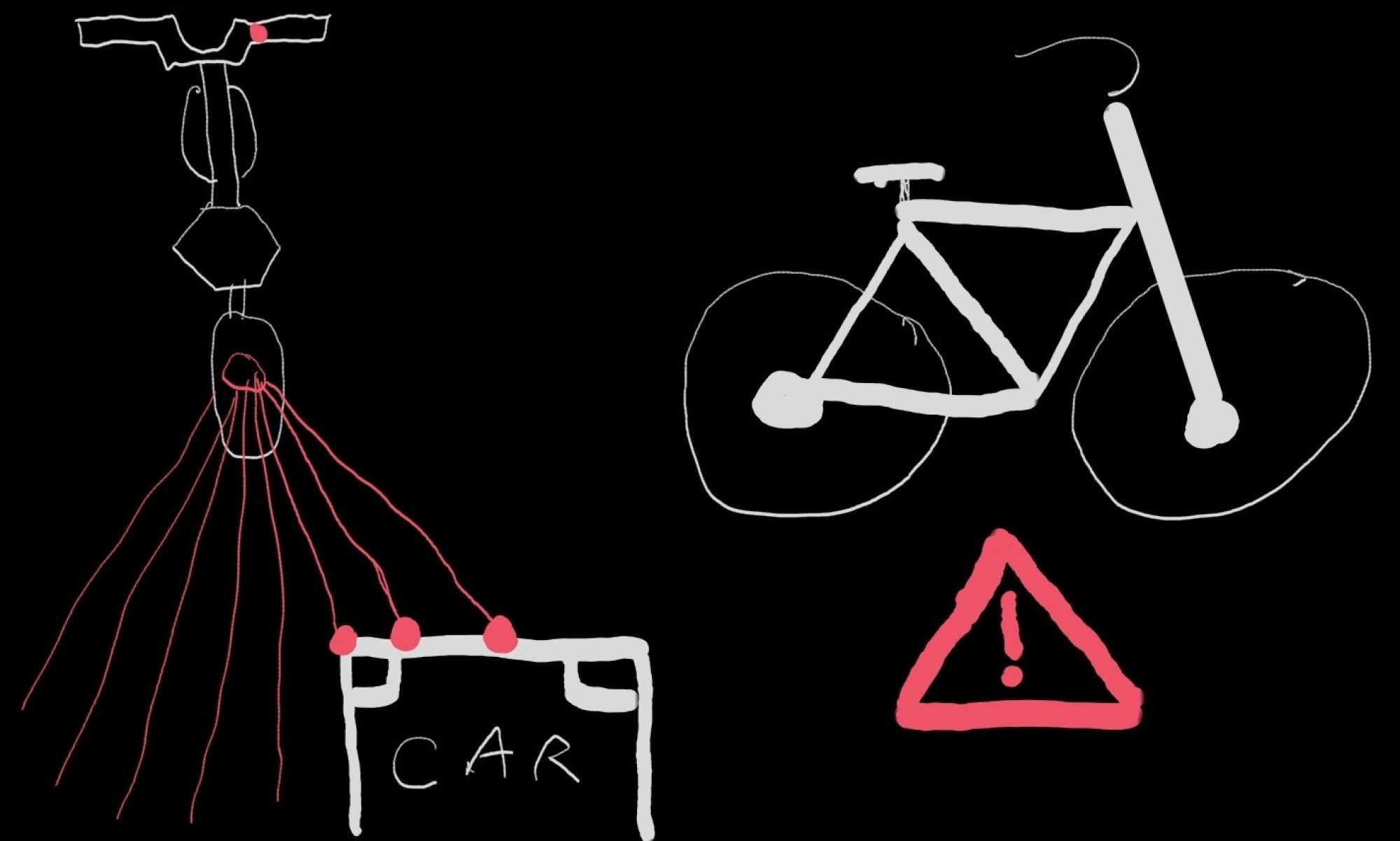This week, we successfully demoed the components of our project separately as part of the interim demo. To prepare for this, I expanded the STM32 code to read both microwave sensors through separate UART busses, adding alignment to data headers so that the sensor data would be in the correct locations of the buffer.
Unfortunately some problems arose during the demo, in which the Python program printing out data received by the STM32 was coalesced, and was shorter than what was expected. I investigated this error through the STM32 debugger and concluded that the problem stemmed from the timing of the Python program itself, since the internal data arrays were all aligned correctly without problem.
I also did some basic profiling and benchmarking to assess the feasibility of the STM32 that we chose, and concluded that the UART reads, although slower than what we expect, exceeds our user requirement for 250ms update time (4Hz). I also found out that the time difference between two reads is negligible for our use case, and that one spectral data array occupies less than 1% of the device memory. According to Albany’s code, I have verified that the STM32 is indeed capable of running our workload well.
In the next week, I plan to start integrating the code from Emily and Albany. First I plan to write a test program to control the LEDs using the 7-bit LED codes that we agreed on, and then a ring buffer for storing data necessary for Albany’s signals code. After that, I will integrate that with the signal processing routine that Albany has written and start testing.

